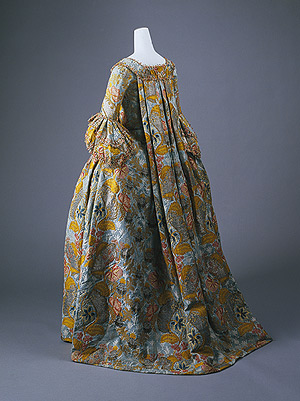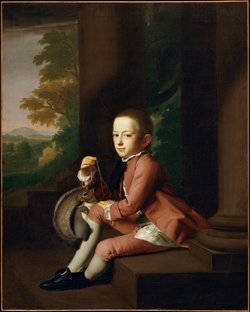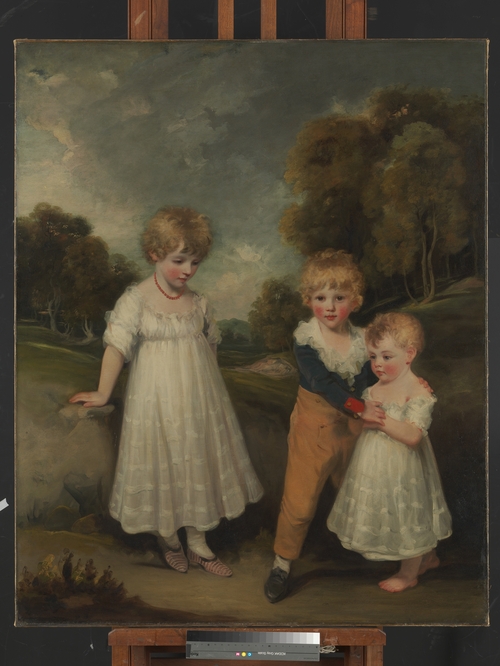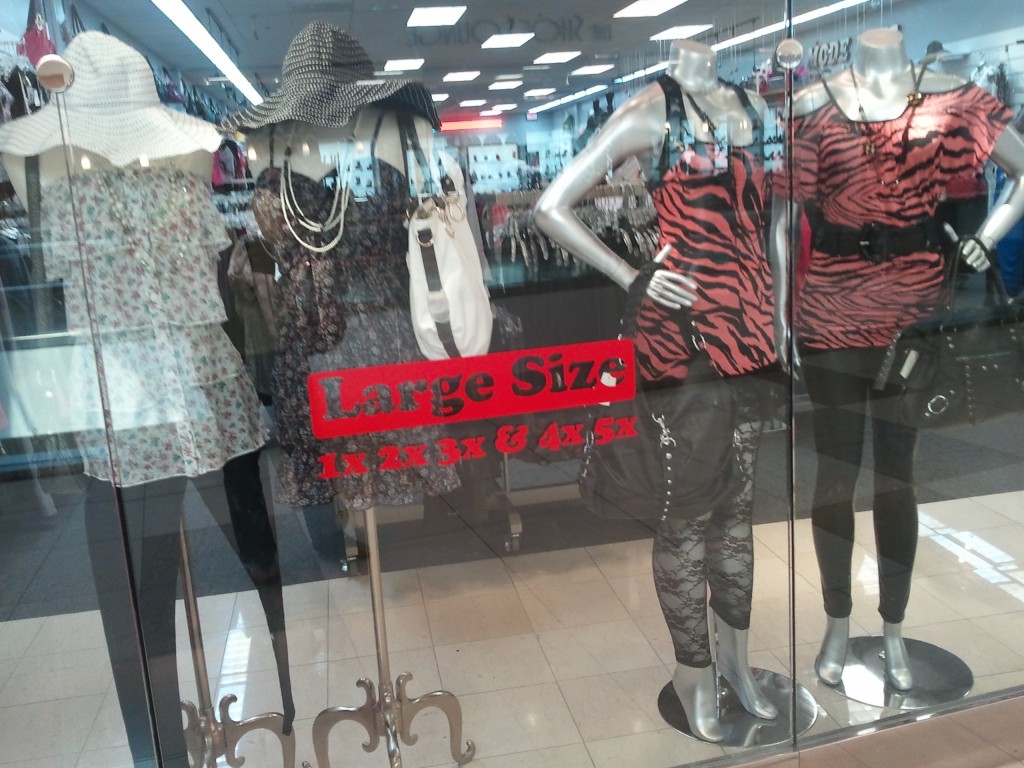This seems like a good time to reiterate a simple truth: It can be art/fashion/satire/cutting edge etc. and… and and and it can be offensive, trivializing, and triggering.
Eight readers sent in links to an ad for a hair salon called Fluid. The salon, which has a history of using “shocking” ads (like this one after the Gulf oil spill), is attracting criticism for an ad featuring a woman being offered jewelry by a man; she appears to have a black eye. Six more sent in a link to a Glee star, Heather Morris, in a photoshoot by Tyler Shields, also with a black eye.
Responding to the criticism, Fluid said it was being “cutting-edge,” “satirical,” “high fashion,” and “editorial,” and “artistic.” It doesn’t matter what you call it, what tradition it references, or whether you’re trying to get a reaction; your product is still part of a wider cultural context. Accordingly, you may get called out for being insensitive to other people’s pain. In which case, probably best not to call the critics hypocrites and suggest that there are bigger problems in the world than the trivialization of domestic violence. Or go right ahead, I guess.
Thanks to Eric S., Kristina V., YetAnotherGirl, Dave S., Caitlin R., @CreativeTweets, Meghan H., Dave S., Judith B., Olivia G., Alexis W., Theresa W., and an anonymous reader for the tips!
Lisa Wade, PhD is an Associate Professor at Tulane University. She is the author of American Hookup, a book about college sexual culture; a textbook about gender; and a forthcoming introductory text: Terrible Magnificent Sociology. You can follow her on Twitter and Instagram.








